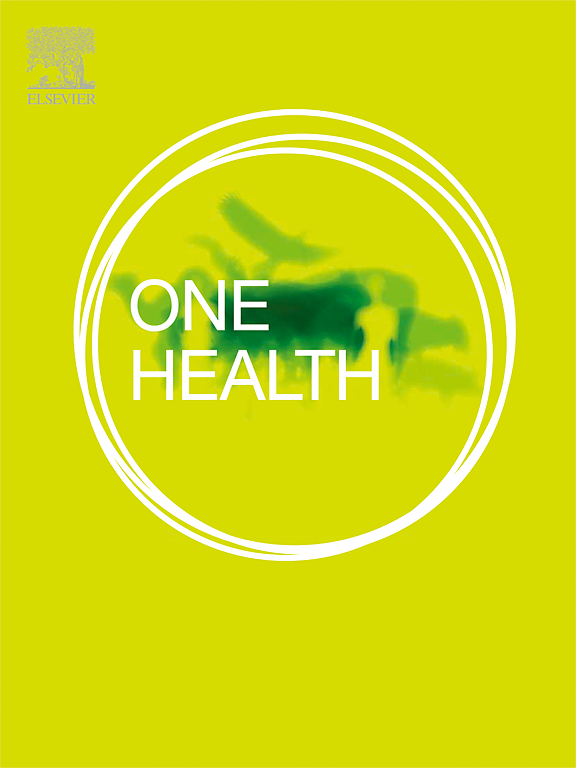Detection and characterization of Langya virus in Crocidura lasiura (the Ussuri white-toothed shrew), Republic of Korea
IF 4.1
2区 医学
Q1 INFECTIOUS DISEASES
引用次数: 0
Abstract
Langya virus (LayV) is the only documented zoonotic agent within the shrew borne Parahenipavirus genus. Other Parahenipavirus species, including Gamak virus and Daeryeong virus, have been discovered in the Republic of Korea, highlighting the prevalence of this genus in the region. We retrospectively analyzed metagenomic next-generation sequencing of two Crocidura lasiura (the Ussuri white-toothed shrew) kidney samples from 2017, followed by paramyxovirus screening of 24 kidney samples from the same species collected in 2023. The LayV positivity rate was 12.5 % (3 of 24). Amplicon-based sequencing was subsequently developed to obtain the complete viral sequences. Five complete genomes of Langya virus Korea (LayV KOR) were identified: two from 2017 samples and three from 2023 samples. LayV KOR exhibited approximately 80 % and 95.5 % homology at the nucleotide and amino acid levels, respectively. Phylogenetic analysis underscored the close relationship between LayV KOR and LayV from China. This study represents the first detection of LayV complete sequences in shrews outside of China.
求助全文
约1分钟内获得全文
求助全文
来源期刊

One Health
Medicine-Infectious Diseases
CiteScore
8.10
自引率
4.00%
发文量
95
审稿时长
18 weeks
期刊介绍:
One Health - a Gold Open Access journal.
The mission of One Health is to provide a platform for rapid communication of high quality scientific knowledge on inter- and intra-species pathogen transmission, bringing together leading experts in virology, bacteriology, parasitology, mycology, vectors and vector-borne diseases, tropical health, veterinary sciences, pathology, immunology, food safety, mathematical modelling, epidemiology, public health research and emergency preparedness. As a Gold Open Access journal, a fee is payable on acceptance of the paper. Please see the Guide for Authors for more information.
Submissions to the following categories are welcome:
Virology,
Bacteriology,
Parasitology,
Mycology,
Vectors and vector-borne diseases,
Co-infections and co-morbidities,
Disease spatial surveillance,
Modelling,
Tropical Health,
Discovery,
Ecosystem Health,
Public Health.
 求助内容:
求助内容: 应助结果提醒方式:
应助结果提醒方式:


